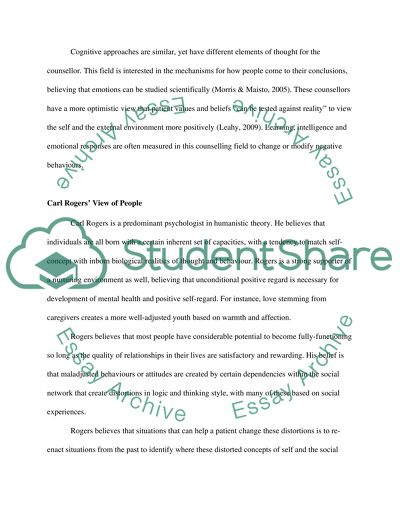Cite this document
(“Can a Humanistic Model of Counselling be Integrated with a Cognitive Essay”, n.d.)
Retrieved from https://studentshare.org/psychology/1426669-rogers-egan
Retrieved from https://studentshare.org/psychology/1426669-rogers-egan
(Can a Humanistic Model of Counselling Be Integrated With a Cognitive Essay)
https://studentshare.org/psychology/1426669-rogers-egan.
https://studentshare.org/psychology/1426669-rogers-egan.
“Can a Humanistic Model of Counselling Be Integrated With a Cognitive Essay”, n.d. https://studentshare.org/psychology/1426669-rogers-egan.


